 Now in its 32nd year, the William Hill Sports Book of the Year award is the world’s longest established and most valuable literary sports-writing prize.
Now in its 32nd year, the William Hill Sports Book of the Year award is the world’s longest established and most valuable literary sports-writing prize.
First awarded in 1989, the award is dedicated to rewarding excellence in sports writing, and this year the prize for winning will be £30,000, with shortlisted authors receiving £3,000 cash and a leather-bound copy of their book.
The Longlist was announced on September 29 with fifteen books in the running, following a record 152 entries this year. This will then be whittled down to a shortlist on October 27, with the winner being announced at an awards ceremony on December 03 at Tottenham Hotspur Stadium.
 The winner will be decided by a judging panel chaired by Alyson Rudd. Following Duncan Hamilton’s historic triple crown in 2019, organisers will be naming a new winner this time around – with no previous victors featured on the longlist.
The winner will be decided by a judging panel chaired by Alyson Rudd. Following Duncan Hamilton’s historic triple crown in 2019, organisers will be naming a new winner this time around – with no previous victors featured on the longlist.
Football is represented by two books, The Farther Corner by Harry Pearson and Out of the Darkness: From Top to Rock Bottom: My Story in Football – Matt Piper and Joe Brewin.
The full fifteen books in the longlist are as follows:
Born Fighter – Ruqsana Begum
Born Fighter is an inspirational account of how Ruqsana Begum battled against the odds to achieve her dream and become a Muay Thai world champion. Having to fight in secret as her Bangladeshi family would not allow her to participate, Ruqsana’s story is an inspirational tale of empowerment and how to overcome opposition to achieve your goal.
A People’s History of Tennis – David Berry
Going beyond Centre Court, David Berry’s A People’s History of Tennis reveals the hidden history of the game, providing a rich account of the challenges faced and victories won over the years. Scratch beneath the surface and there’s a different story about tennis to be told, one of untold struggles on and off the courts.
This is eSports (and how to spell it) – Paul Chaloner
Paul Chaloner’s This is eSports (and how to spell it) marks a first in the history of the William Hill Sports Book Of The Year award: a longlisted book on eSports. Chaloner takes you inside the unstoppable rise of professional gaming to reveal the bitter rivalries, scandals and the never-before-told history of eSports.
Where There’s a Will – Emily Chappell
In 2015, Emily Chappell embarked on a gruelling new bike race: The Transcontinental. 4,000km across Europe, unassisted, in the shortest time possible. This is Emily’s remarkable story – a compelling tale of transformation from courier to cross-continental bike racer, pushing herself to the limits of her endurance.
The World Beneath Their Feet – Scott Ellsworth
In the 1930s, contingents from Great Britain, Germany and the United States set up rival camps at the base of the Himalayas, seeking to become recognised as the fastest, strongest, and bravest climbers in the world. Scott Ellsworth’s The World Beneath Their Feet brings to life this unforgettable saga of survival and breath-taking human physical achievement set against the backdrop of a world headed towards war.
The Unforgiven – Ashley Gray
In the 1980s, 20 West Indian cricketers were paid more than $100,000 each to take part in rebel tours of apartheid South Africa. When they returned home to the Caribbean they were banned for life and shunned by their countrymen. This is their fascinating untold story from Ashley Gray.
Niki Lauda – Maurice Hamilton
Maurice Hamilton first came across Formula One legend Niki Lauda in 1971 and in this definitive biography tells his remarkable story. Based on interviews with friends, family, rival drivers and colleagues, it’s the most comprehensive and detailed biography of Lauda ever published.
Surf, Sweat and Tears – Andy Martin
Surf, Sweat and Tears tells the story of the epic life and mysterious death of Edward George William Omar Deerhurst, the son of the Earl of Coventry and an American ballerina who dedicated his life to becoming a professional surfer. Andy Martin guides us through the world of global surfing while revealing a dark side beneath the sun, sand and sea.
Fringes – Ben Mercer
Ben Mercer is a former rugby player turned writer and Fringes is Ben’s story about how it feels and what it means to play the sport for a living, to dedicate yourself to an uncompromising game. Ben brings to life what it’s like to be a professional athlete in the lower reaches of professional sport – where your employment status is as precarious as your health and barely anyone will know your name.
The Farther Corner – Harry Pearson
A generation on from writing The Far Corner – which was a vivid portrait of football in the north-east of England and of the people who bring such passion to it – Harry Pearson has returned to the region to discover how much things have changed and how much they have remained the same.
Out of the Darkness: From Top to Rock Bottom: My Story in Football – Matt Piper & Joe Brewin
Former Leicester and Sunderland winger Matt Piper retired aged 24, after 16 knee operations, and his life soon spiralled out of control, becoming dependent on alcohol and Valium. In Out of the Darkness: From Top to Rock Bottom: My Story in Football, Piper collaborates with deputy editor of FourFourTwo, Joe Brewin, to tell his extraordinary life story – one that brought about light after hitting rock bottom.
The Breath of Sadness: On Love, Grief & Cricket – Ian Ridley
When Ian Ridley’s wife died of cancer at the age of 56, he found himself plunged deep into a sadness. In an attempt to make sense of it all and seek some solace, he embarks on a summer of watching county cricket. The Breath of Sadness is an unflinching account of how we carry on when we are left behind, and a poignant exploration of love and loss.
The Rodchenkov Affair – Grigory Rodchenkov
In 2015, Russia’s Anti-Doping Centre was suspended by the World Anti-Doping Agency following revelations of an elaborate state-sponsored doping programme at the 2014 Sochi Winter Olympics. The programme was masterminded by Grigory Rodchenkov who, in the The Rodchenkov Affair, tells us the whole story.
Mud, Maul, Mascara – Catherine Spencer
Catherine Spencer was the captain of the England women’s rugby team for three years – all while holding down a full-time job because the women’s team, unlike the men’s, did not get paid for their efforts. Mud, Maul, Mascara is Catherine’s story, showing the woman behind the international sporting success.
The Russian Affair – David Walsh
David Walsh’s The Russian Affair is the true story of the couple who uncovered one of the greatest sporting scandals: the unearthing of Russian athletics’ institutionalised doping. Walsh reveals the full truth of what went on in Russia, but also via a warm and human story of a couple fighting to tell the truth and to save their family at the same time.
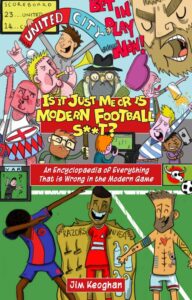 Jim Keoghan is a freelance writer who has for over thirty years been an Everton supporter. He has written three books about his beloved Toffees, Highs, Lows & Bakayokos: Everton in the 1990s, Everton Greatest Games: The Toffees Fifty Finest Matches and Everton: Number Nine: Nine Players, One Iconic Shirt. In addition he has produced two other football titles, Punk Football: The Rise of Fan Ownership in English Football and How to Run a Football Club: The Story of Our National Game.
Jim Keoghan is a freelance writer who has for over thirty years been an Everton supporter. He has written three books about his beloved Toffees, Highs, Lows & Bakayokos: Everton in the 1990s, Everton Greatest Games: The Toffees Fifty Finest Matches and Everton: Number Nine: Nine Players, One Iconic Shirt. In addition he has produced two other football titles, Punk Football: The Rise of Fan Ownership in English Football and How to Run a Football Club: The Story of Our National Game. The first question that many people will ask in first picking up this book is, ‘who is Andrew Watson?’ Author Llew Walker addresses this in the Preface to this well researched and diverse read, with the following:
The first question that many people will ask in first picking up this book is, ‘who is Andrew Watson?’ Author Llew Walker addresses this in the Preface to this well researched and diverse read, with the following: If you engaged a football fan in word association, throwing them the name ‘Johan Cruyff’, the most expected response would be ‘Ajax’, the club he successfully played and managed and with which he is most readily associated. You might also get a few replying ‘Holland’, ‘Total Football’ or ‘14’ the number famously worn by the Dutch legend, or even ‘Barcelona’, like Ajax a club he won honours with both as a player and coach. Some may even respond ‘turn’ as in the ‘Cruyff Turn’, which originated when he twisted Swedish defender Jan Olsson inside out during their World Cup game in 1974. What is highly unlikely is that any would be prompted to say ‘Feyenoord’ – the reason? Well, Cruyff’s farewell season in 1983/84, playing for the Rotterdam based club, despite the club winning the ‘double’ (Eredivisie and KNVB Cup), is largely forgotten about, amongst all else that Cruyff achieved. Andy Bollen’s Fierce Genius: Cruyff’s Year at Feyenoord, therefore, is a welcome window on this period about Amsterdam’s most famous footballing son.
If you engaged a football fan in word association, throwing them the name ‘Johan Cruyff’, the most expected response would be ‘Ajax’, the club he successfully played and managed and with which he is most readily associated. You might also get a few replying ‘Holland’, ‘Total Football’ or ‘14’ the number famously worn by the Dutch legend, or even ‘Barcelona’, like Ajax a club he won honours with both as a player and coach. Some may even respond ‘turn’ as in the ‘Cruyff Turn’, which originated when he twisted Swedish defender Jan Olsson inside out during their World Cup game in 1974. What is highly unlikely is that any would be prompted to say ‘Feyenoord’ – the reason? Well, Cruyff’s farewell season in 1983/84, playing for the Rotterdam based club, despite the club winning the ‘double’ (Eredivisie and KNVB Cup), is largely forgotten about, amongst all else that Cruyff achieved. Andy Bollen’s Fierce Genius: Cruyff’s Year at Feyenoord, therefore, is a welcome window on this period about Amsterdam’s most famous footballing son. Choosing fifty moments that define football seems generous enough on the face of it, but when it comes down to a sport that has been in existence for over 150 years, things aren’t quite so clear-cut. So, hats off to Ben Jones and Gareth Thomas – writers of
Choosing fifty moments that define football seems generous enough on the face of it, but when it comes down to a sport that has been in existence for over 150 years, things aren’t quite so clear-cut. So, hats off to Ben Jones and Gareth Thomas – writers of 

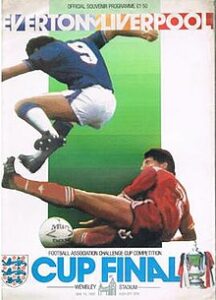
 FBR: Changing Ends: A Season in Non-League Football was your first football book. What was the driving force for writing it?
FBR: Changing Ends: A Season in Non-League Football was your first football book. What was the driving force for writing it?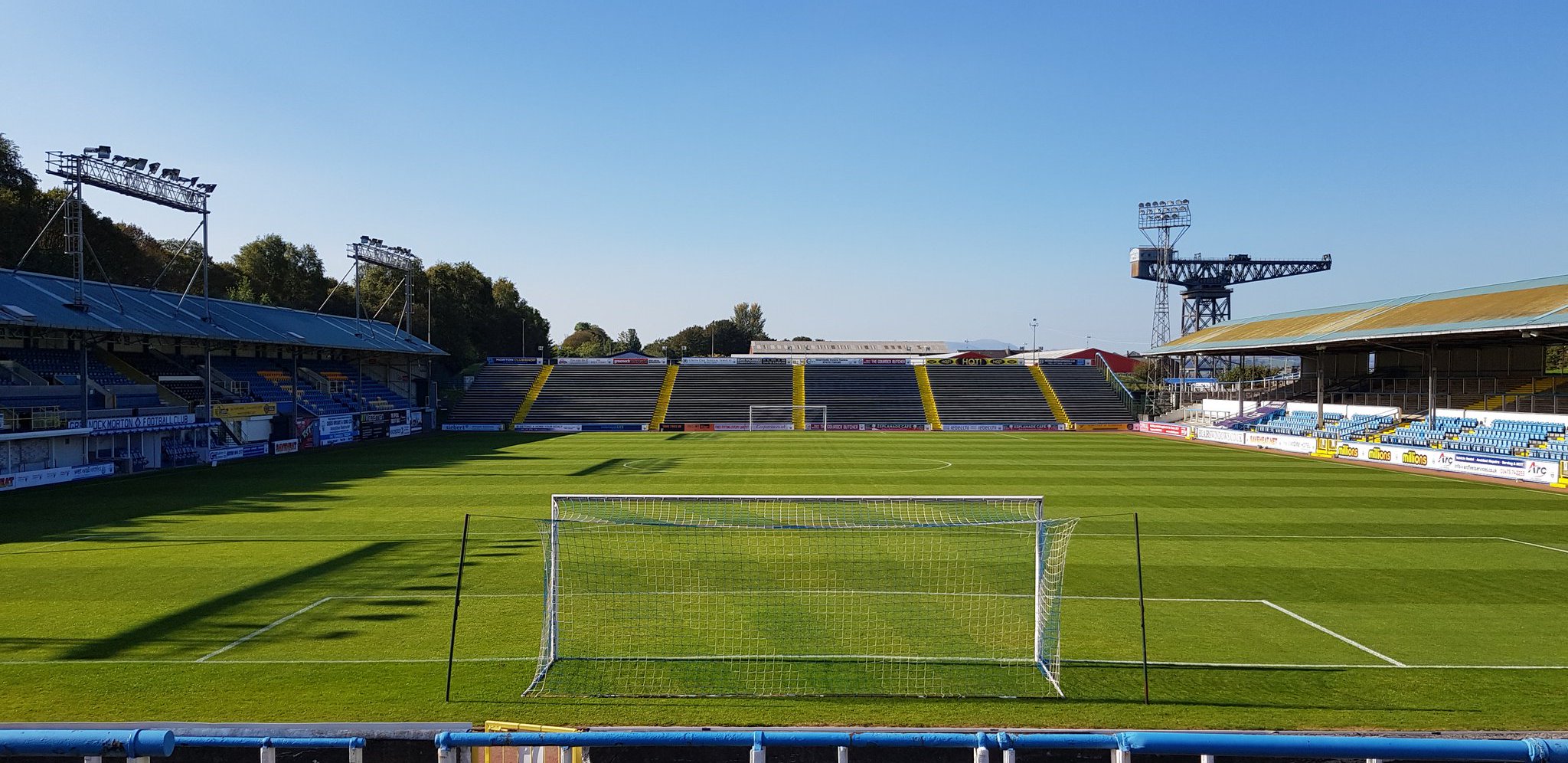

 Now in its 32nd year, the William Hill Sports Book of the Year award is the world’s longest established and most valuable literary sports-writing prize.
Now in its 32nd year, the William Hill Sports Book of the Year award is the world’s longest established and most valuable literary sports-writing prize. The winner will be decided by a judging panel chaired by Alyson Rudd. Following Duncan Hamilton’s historic triple crown in 2019, organisers will be naming a new winner this time around – with no previous victors featured on the longlist.
The winner will be decided by a judging panel chaired by Alyson Rudd. Following Duncan Hamilton’s historic triple crown in 2019, organisers will be naming a new winner this time around – with no previous victors featured on the longlist.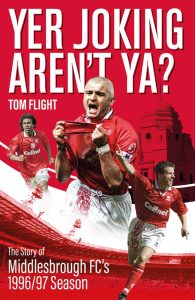
 The European Cup Winners’ Cup (ECWC) competition came into being in the 1960/61 season, and as its title suggests qualification was attained by being the winners of a countries domestic cup. Despite its creation after the first European Cup competition in 1955/56 and the Inter-Cities Fairs Cup which also began in 1955 (before it morphed into the UEFA Cup in 1971/72) and therefore being the youngest of the three competitions, it was though seen as the next most prominent after the European Cup. It continued until the 1998/99 season with the final playing of the tournament between SS Lazio and RCD Mallorca at Villa Park, home of Aston Villa, the last of the 39 Finals.
The European Cup Winners’ Cup (ECWC) competition came into being in the 1960/61 season, and as its title suggests qualification was attained by being the winners of a countries domestic cup. Despite its creation after the first European Cup competition in 1955/56 and the Inter-Cities Fairs Cup which also began in 1955 (before it morphed into the UEFA Cup in 1971/72) and therefore being the youngest of the three competitions, it was though seen as the next most prominent after the European Cup. It continued until the 1998/99 season with the final playing of the tournament between SS Lazio and RCD Mallorca at Villa Park, home of Aston Villa, the last of the 39 Finals.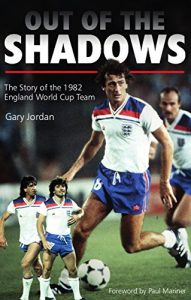 For many football fans in England, the 1982 World Cup in Spain is simply remembered for the fact the Three Lions were eliminated from the tournament despite not losing a game: a footnote, nothing more than a pub quiz question. However, there is so much more to this oft repeated simplistic one-line memory of England at the 12th Copa del Mundo Finals.
For many football fans in England, the 1982 World Cup in Spain is simply remembered for the fact the Three Lions were eliminated from the tournament despite not losing a game: a footnote, nothing more than a pub quiz question. However, there is so much more to this oft repeated simplistic one-line memory of England at the 12th Copa del Mundo Finals.